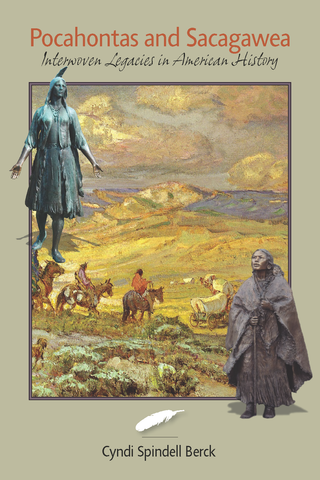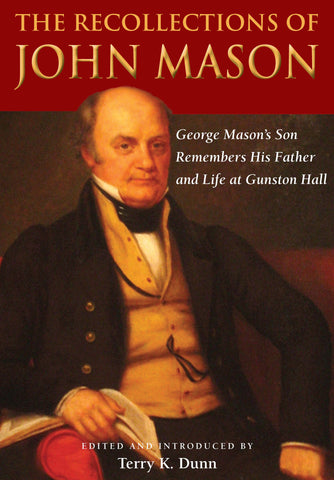George Washington’s Mulatto Man – Who was Billy Lee?, by James C. Thompson
$26.00
Virginia Time Travel features James Thompson on Cox Cable in December
Author: James C. Thompson
Paperback Edition Color and Black & White
ISBN: 978-0-9909592-4-3
Library of Congress Control Number: 2014918875
Size: 6" x 9"
Pages: 540
Images: 18
Release Date: 20 October 2014
Retail Price: $26.00
Ebook Editions:
EPUB ISBN: 978-0-9909592-0-5
PDF ISBN: 978-0-9909592-1-2
Mobipocket ISBN: 978-0-9909592-3-6
In George Washington's Mulatto Man – Who was Billy Lee, author James Thompson connects dots that remain from a series of events, which began more than twenty-five years before Americans declared their political independence and ended more than twenty-five years after they achieved it.
The great majority of these events are known through comments in George Washington’s papers. The most important is a paragraph in Washington’s will, which he revised a few months before his death. In this paragraph, Washington freed his "mulatto man William" and bestowed upon him a lifetime annuity. This unusual act of generosity appears even more peculiar when it is known that Washington had shunned his servant through the last nine years of his life. Nor did he give him an audience as he lay dying. Washington had acquired his “mulatto” man from his cousin in 1767. What was the mysterious bond that tied them together for thirty-two years and induced Washington to provide for Billy when he was gone?
Thompson contends that only one thing could have bound the greatest man in history to his anonymous slave. This, he says, was a vow that Washington made to his half-brother Lawrence prior to Lawrence’s death in July of 1752. In Thompson’s scenario, Lawrence had pledged to care for the children of his brother-in-law, George William Fairfax. Fairfax’s father was Lawrence’s benefactor, and his son was Lawrence’s best friend. On the eve of his premature death, Thompson theorizes that Lawrence explained his secret to his idolizing younger half-brother and that he commanded George to fulfill his commitment when he (Lawrence) was gone. In his narrative, which he describes as a “constructive interpretation,” Thompson effectively defends this implausible thesis.
The first part of the book contains a reconstruction Billy Lee’s life in the years before he joined Washington’s household, an account of how Washington retrieved Billy and brought him back to Mount Vernon, and Billy’s life as George Washington’s huntsman and attendant. In the second part of the book, Thompson reconstructs the forgotten relationships and social patterns that made Washington’s vow to his dying brother binding. In the final section of the book, Thompson unveils the true portrait of Billy Lee, which he explains Charles Willson Peale painted from life in Philadelphia in 1779.
Thompson builds his interpretation on a substantial amount of original research. He is the first, for example, to notice that George Washington—and his brother Jack—“purchased” Billy Lee from their cousin. This transaction, Thompson argues, was designed to mask the transfer of two mixed-race family members from Cabin Point to back to Mount Vernon. While documentary evidence is not sufficient to prove his theory, Thompson claims it must be true because it is the only plausible explanation that takes into account all the known facts.
Thompson's ingenious sleuthing shows how conspicuous facts become invisible when viewed through wrong lens. In his concluding comment, he explains why the qualities of his person coupled with his circumstances allowed George Washington to become the greatest man in history. Thompson credits the great man for honoring his vow to his half-brother, but he also blames him for “ruining” his faithful servant. He criticizes the slanted analysis of historian Fritz Hirschfeld and defends Washington against the insinuation that the greatest man in history was a 20th century racist. He bases this argument on the claim, which his text supports, that 18th century society is not equivalent to 20th century society and that 20th century racism, which Mr. Hirschfeld chose not to define, was not a characteristic of 18th century men like George Washington.
Genre Titles:
An Imperfect God: George Washington, His Slaves by Henry Weincek. Farrar, Straus and Giroux (2004). 416 pages.
Jefferson and Sally Hemings – An American Controversy by Annette Gordon Reed. The University Press of Virginia (1999). 288 pages.
The Invisible Line by Daniel Sharfstein. Penguin Books. 2011. 396 pages.
Death or Liberty – African Americans and Revolutionary Americans by Douglas R. Egerton. Oxford University Press. 2009. 342 Pages.
George Washington and Slavery – A Documentary Portrayal by Fritz Hershfeld. University of Missouri Press (1997). 256 pages.









